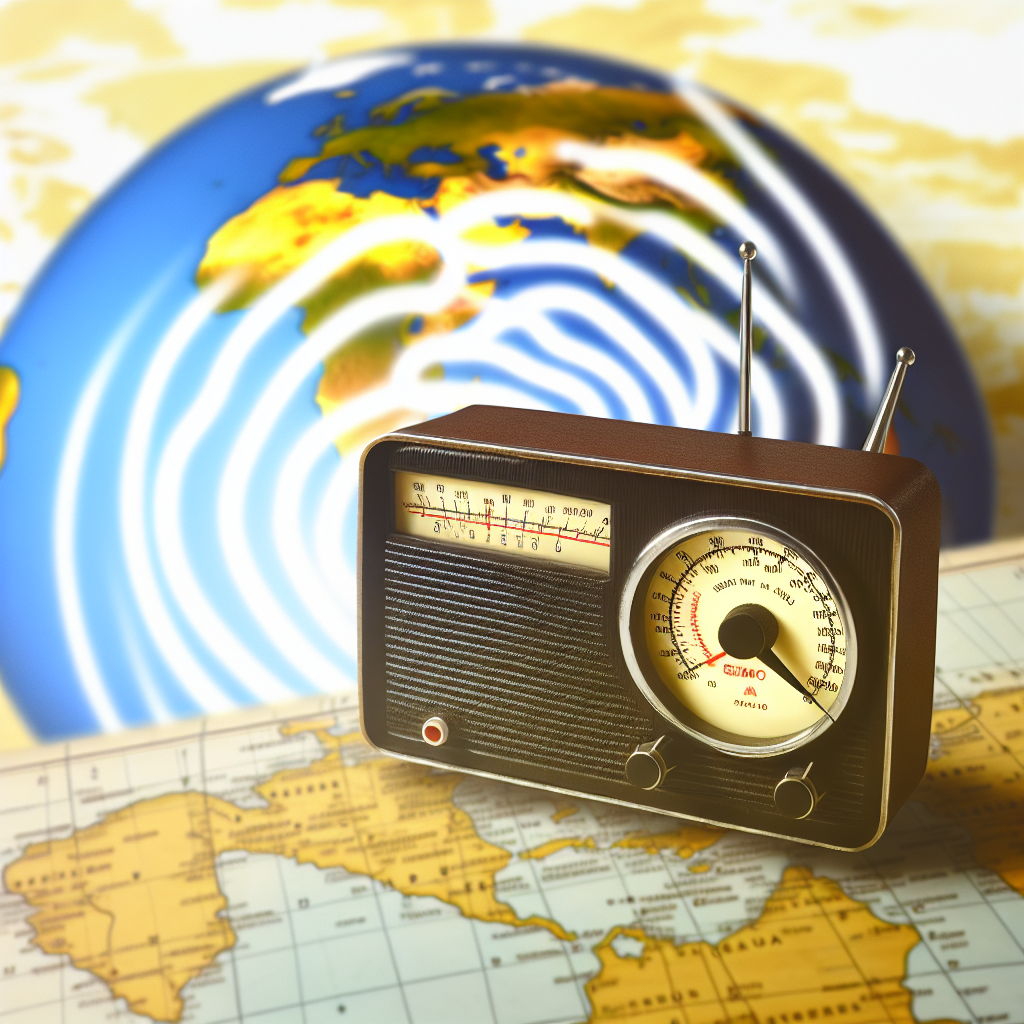Shortwave radio represents an intriguing corner of the radio spectrum, offering unique opportunities for long-distance communication and exploration. Whether for international news, emergency communication, or hobbyist pursuits, shortwave radio connects the world in powerful and profound ways.
Understanding Shortwave Radio and HF Bands
Shortwave radio operates within the high frequency (HF) bands, a segment of the radio spectrum that spans from 3 to 30 MHz. This unique range plays a crucial role in global communication by allowing signals to be transmitted over vast distances, often beyond the horizon. The propagation of HF signals relies on atmospheric phenomena, such as ionospheric reflection, which can facilitate long-range communication across countries and continents. Shortwave radio finds application in various contexts, including AM broadcast, international news dissemination, and emergency communication, making it an essential tool for connecting people worldwide, especially in rural or disaster-stricken areas.
The Art of Amateur and Ham Radio
Amateur radio, or ham radio, allows enthusiasts to explore the vast possibilities of global communication through dedicated frequencies established within the amateur radio bands. This often involves the study of radio propagation techniques, which are essential to effectively connect over long distances. Techniques such as varying transmission power and optimizing antenna designs, including dipoles or verticals, are crucial for success in DXing—communicating with distant stations. Portable and vintage radios, like the Grundig or Tecsun PL-880, augment this experience, while ham operators frequently engage in community networks, enhancing emergency communication and disaster preparedness, thus showcasing the lasting relevance of amateur radio in everyday life.
Essential Techniques: Antenna Tuning and Signal Reception
Antenna tuning is crucial for optimal signal reception in shortwave and HF radio, acting as the gatekeeper to the clarity and reliability of communication. An improperly tuned antenna can lead to significant signal loss, making techniques such as matching the antenna impedance and adjusting for frequency variations essential.
Utilizing tools like an SWR meter can help assess the standing wave ratio and ensure efficient power transfer. Experimenting with various antenna types, such as dipoles or verticals, allows enthusiasts to adapt to different propagation conditions. Additionally, evaluating the environment for factors like electrical interference can enhance reception during both day and night, integral for effective global radio broadcasts or emergency communication.
Modern and Vintage Shortwave Receivers
The evolution of shortwave receivers encompasses a spectrum from classic analog systems to the sophistication of digital and Software Defined Radio (SDR) technology. Vintage models, such as the **Grundig radio** and **Sony ICF-SW7600**, offer nostalgic value and hands-on tuning experiences, allowing enthusiasts to appreciate the subtle nuances of analog reception. In contrast, modern devices like the **Tecsun PL-880** and advanced SDRs provide unparalleled sensitivity and frequency agility, enabling users to easily explore numerous amateur radio bands. These advancements enhance the radio hobby by facilitating **DXing** and **shortwave listening**, broadening access to international broadcasts and enriching the overall experience of global communication.
Shortwave Radio in Emergencies and Global Broadcasting
Shortwave radio plays an essential role in emergency communication and global broadcasting, particularly in remote and rural areas. Its unique capability of long-distance signal propagation allows access to international news and critical updates during crises. In places where traditional infrastructure may be compromised, such as during natural disasters, portable shortwave radios become vital tools. Models like the Tecsun PL-880 and Sony ICF-SW7600 can pick up broadcasts from around the world, providing users with the latest information. Furthermore, shortwave radio serves as an invaluable lifeline for communities lacking modern communication networks, enabling survival and preparedness in emergencies.
Final Thoughts
Shortwave radio, with its rich history and continued relevance, remains an invaluable tool for communication and exploration. From hobbyists to emergency responders, the potential of this medium brings the globe closer, bridging distances and fostering a shared human experience.

Leave a Reply
You must be logged in to post a comment.